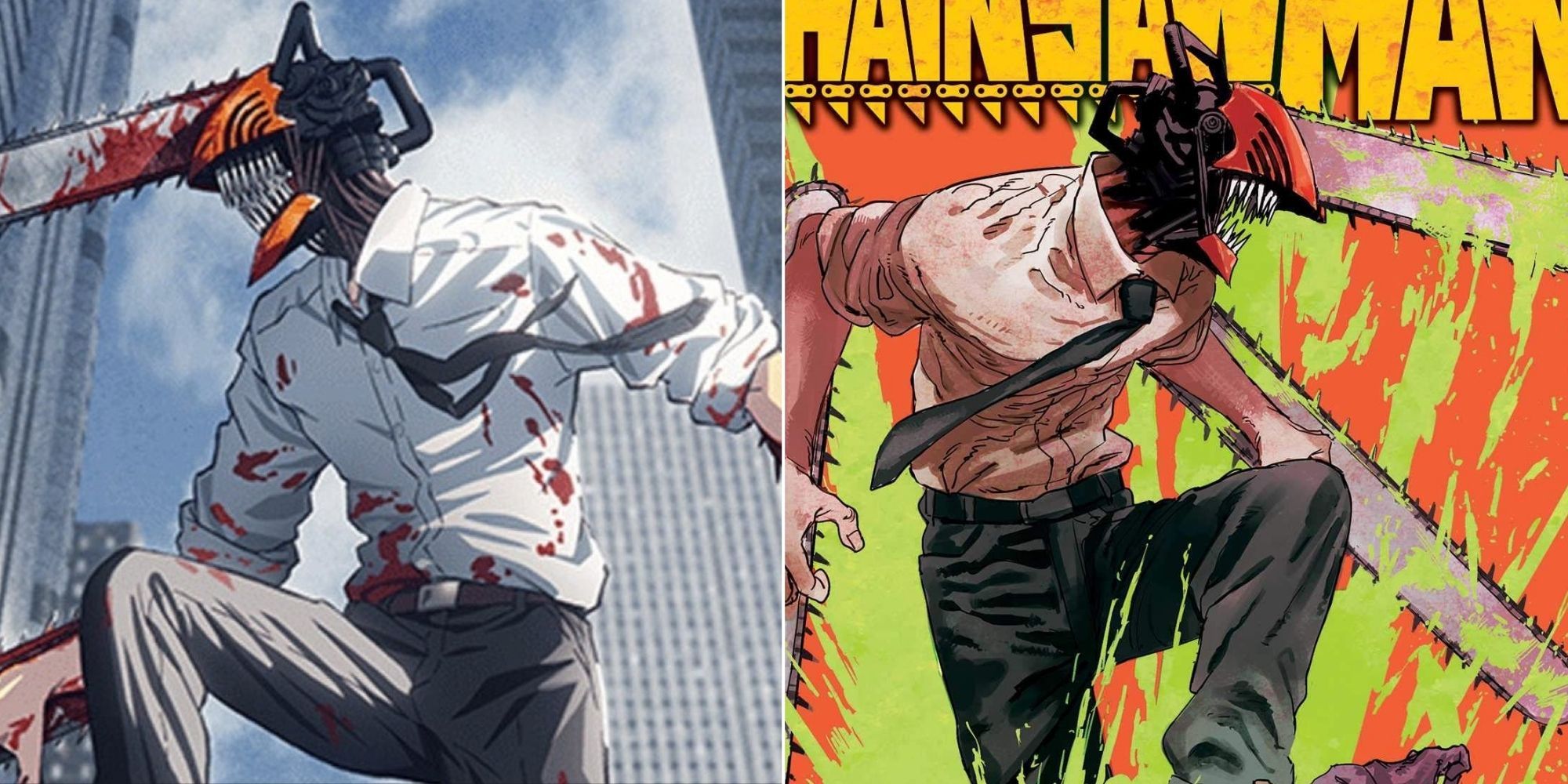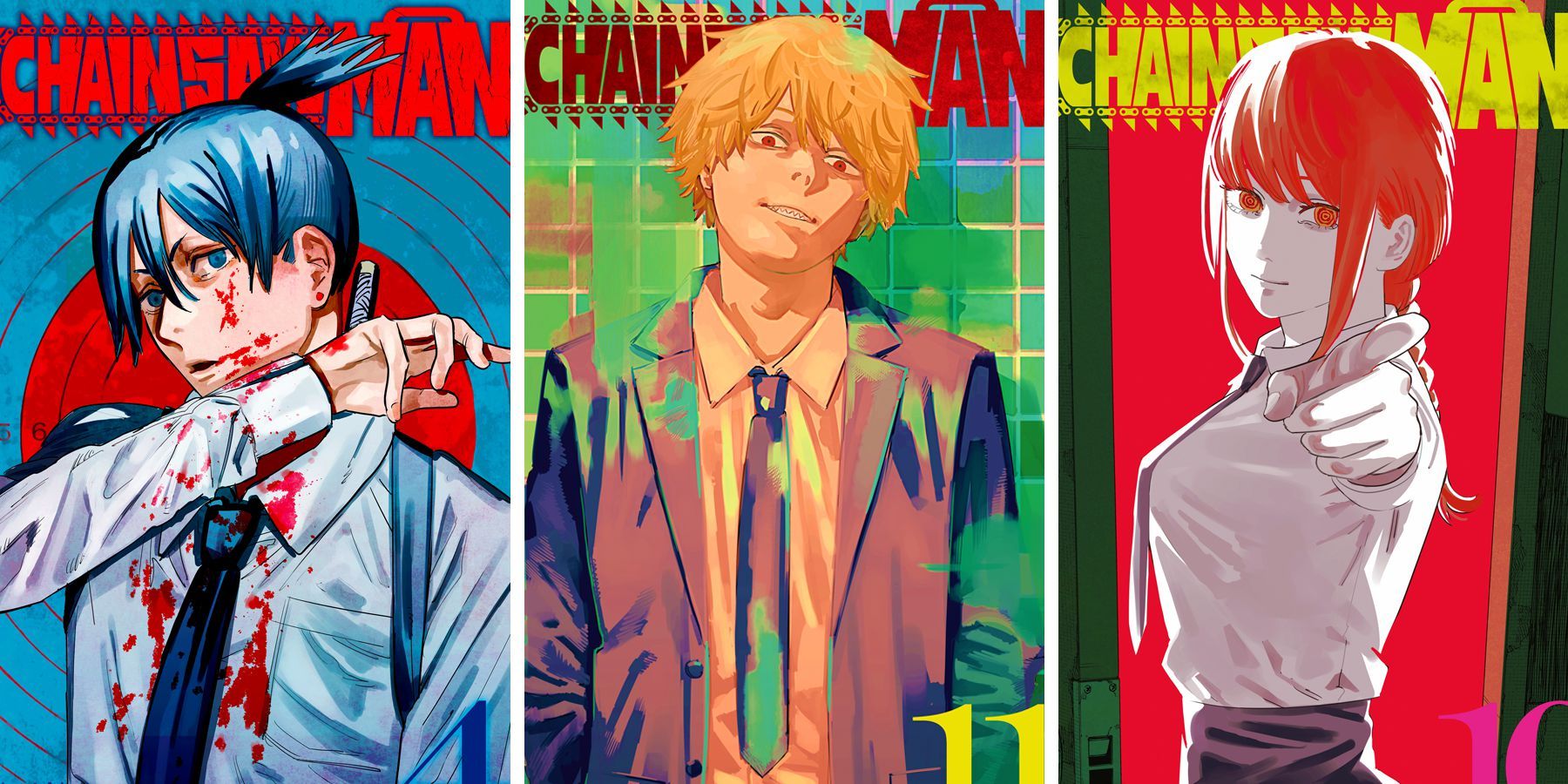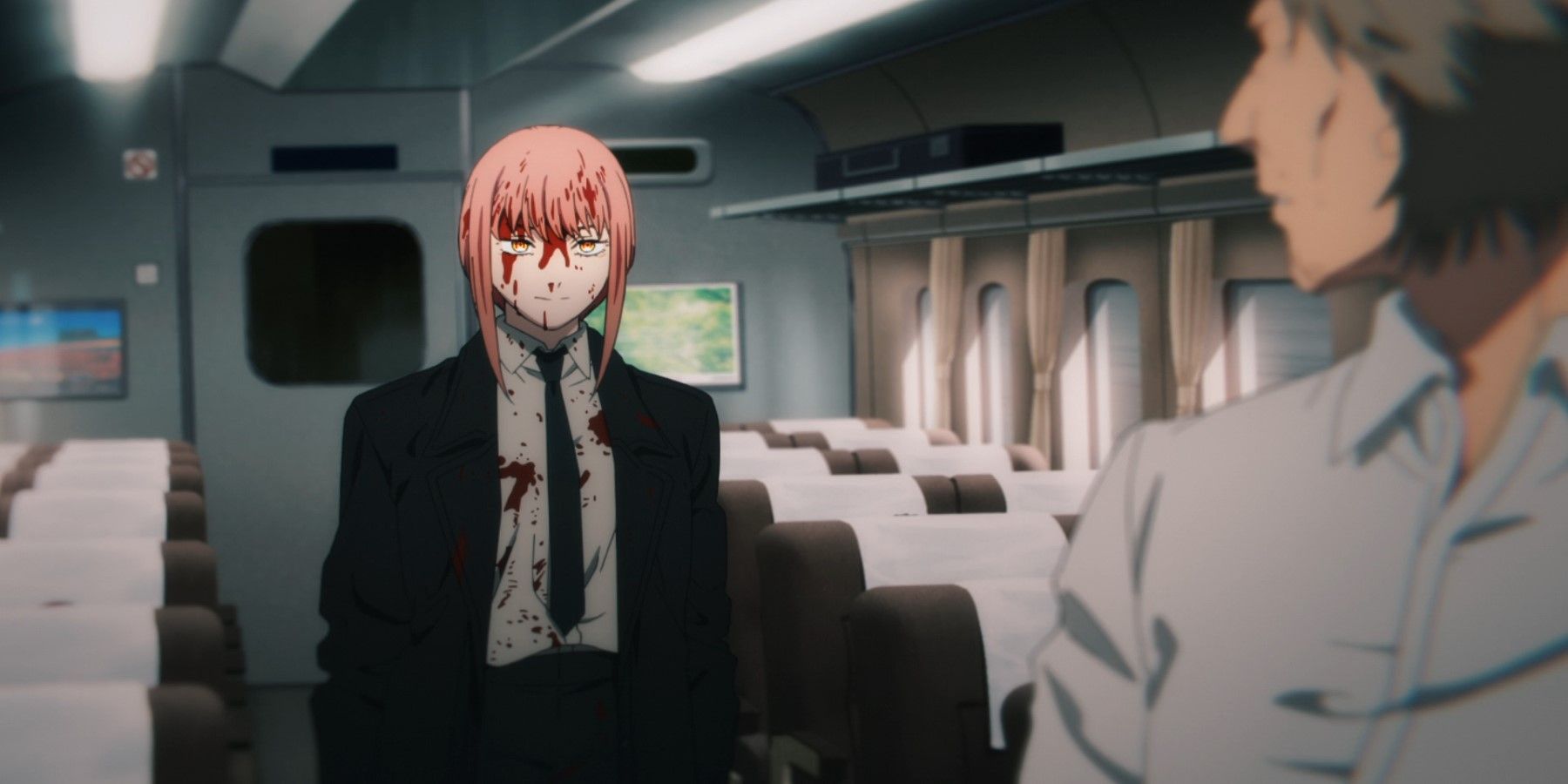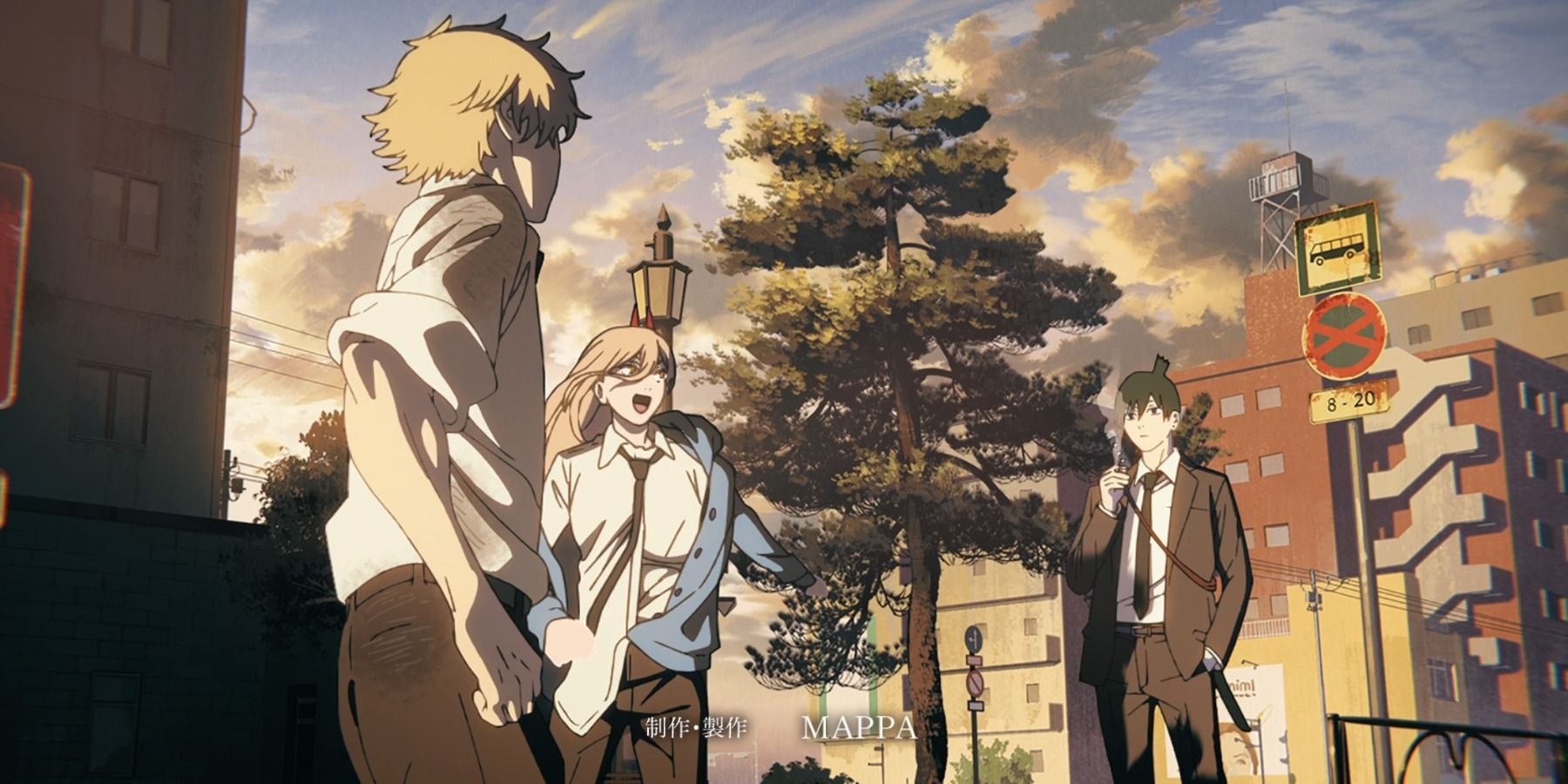Of all the anime/manga series of the new generation, Tatsuki Fujimoto’s Chainsaw Man is easily one of the best, and thankfully one of the most popular and respected. What started as a simple story of a boy trying to turn his life around by hunting devils for a living, has turned into a masterpiece of a manga that is still going strong.
When a manga is so good however, it makes adapting it into an animated format so much harder. Some would argue that even the best anime don’t fully live up to the experience their manga counterparts offer. With a manga that is so strongly grounded in the strengths of its medium, Chainsaw Man is arguably an example of this.
What Makes The Manga So Great?
A lot of famous mangaka get praise for their unique talents. One Piece’s Eichiro Oda for example, is able to create incredibly dense panels and worlds, which satisfyingly reveal themselves most to those paying attention. My Hero Academia’s Kohei Horikoshi has some of the best anatomy in the industry, and is able to create jaw-dropping page turns with his artistic skill. Despite having less detailed or anatomically accurate art, Fujimoto’s strength is in subtlety.
Chainsaw Man is a manga that deals with a lot of complex emotions, and its precise pacing helps deliver them masterfully. Fujimoto often reuses panels, either with small changes or none at all. While this might seem like a bad idea, the nature of manga makes this a very useful technique. In manga, or any static medium, pacing is somewhat controlled by the reader. The time between each panel is simply implied, and the reader’s mind fills in the blanks. Repeated panels imply a much slower pace, and longer, more drawn out moments. This can be used to increase the awkwardness of a situation, imply that a character is taking a while to think over something, or simply even act as a reaction panel for a gag. And since the images are static, readers have more than enough time to enjoy every detail of a reaction, making all the emotions created by the art linger.
A lot of the manga’s characters also have fairly stilted facial expressions. Despite this, they somehow remain quite emotive due to the implications created by their faces and dialog. And the more expressive characters like Denji and Power stick out even more due to this. Fujimoto is also great at using the monochrome nature of manga to create some terrifying scenes, such as the iconic encounter with the Darkness Devil. The panel to panel transitions are also used to imply unfathomable speed, as a character is fine in one panel, and decapitated the next. And while other manga would add speed lines and distortion to emphasize that speed, Chainsaw Man often forgoes this, making the speed feats feel like they are ignoring the very laws of physics.
What Can't The Anime Do?
The biggest limiter to properly adapting CM is timing. While a manga panel can be viewed, analyzed and ruminated over for minutes, anime are forced to keep things moving at a steady pace, meaning that the full weight of an action isn’t always finished before the next one must start. Take the scene of Makima flattening the allies of Katana Man for example. In the manga, each death is instantaneous, yet leaves a haunting echo, and the whole scene has this slow, deliberateness to it that only makes Makima more terrifying. In the anime, while it is still a great scene, everything happens much faster, making it easy to miss details or blow past certain thoughts and observations. This is no fault of the animators, but simply a result of the medium.
Another weakened scene is the initial ambush by Katana Man against Denji and friends. In the manga, Aki’s Curse Devil was portrayed hammering in his sword stabs from beyond the panels, making it feel like an entity unbound by the rules of the world. While the anime includes these same actions, the lack of panels to manipulate makes it instead seem like the Curse Devil’s fingers exist within physical space, which is much less terrifying.
When the Curse Devil eventually kills Katana Man, the anime also chooses to pan slowly up its skeletal body, before showing the actual attack. In the manga, the attack was a single panel, and thus felt instant and brutal. In the anime, the decision was made to not even animate the bite itself, which would’ve helped sell the ferocity of it. Adapting this clearly left the animators in a hard spot between following the manga and doing their own thing, ultimately leaving them in a middle-ground that falls a little flat.
What Could It Do Instead?
Unfortunately, the medium of animation simply can’t do what still images can. To give each moment the same weight, the anime would have to reduce its pace, which would increase the episode count and thus the cost of the production, without even guaranteeing it would meet the manga’s standard. Instead, it should, and has put effort into using the strengths of its own medium. These are particularly motion, sound, and color.
Voice acting especially, helps give anime a leg up on their source material. No matter what voices a reader might imagine in their head, it is more impactful to audibly hear Power’s crazed laughs, or Denji’s manic smack talk. And thankfully, CM has an amazing voice cast to deliver on this. The animation is also stellar, helping to make the action scenes more dynamic and readable than the manga could manage. When big scenes like the Darkness Devil’s entrance come up, the anime might not be able to match the sheer terror in visuals alone, but its music can go a long way to giving viewers a comparable experience.
It must also be said that the anime’s opening and ending songs are great pieces of bonus content that further characterize the cast, as well as building a stronger auditory identity for the show in the minds of the audience.




